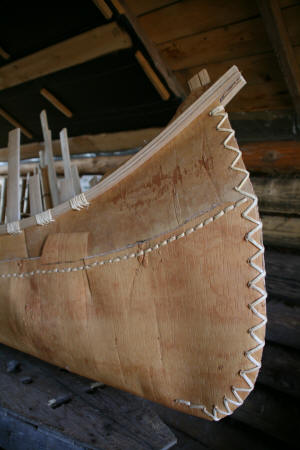 |
This shot from the latter stage of construction shows the difference in the stitching of the side panels compared to that at the stem. Note also the lashing around the gunwales. | This image shows how the roots are used to lash
the inwale and outwale, the topwale, and the endpiece. The images that follow illustrate the harvesting and preparation of the roots. |
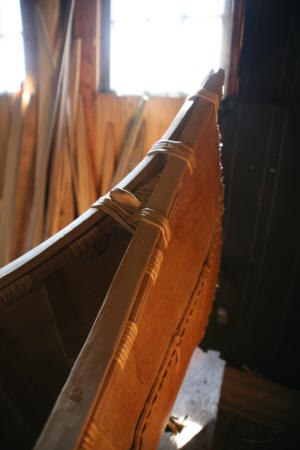 |
|
| The roots need to be flexible, long enough to sew
with, and strong enough to hold things together. Perhaps the most common
root to use is from the black spruce. Alternatives, as in our case, are
from jack pine. Here I have uncovered a good prospect. |
The ideal location to harvest roots is where the trees are in sandy soil. Here Tom is checking out a pretty long root that we have uncovered. |
|
||
| This is the harvest of a
morning's work. This bundle should be enough for the canoe. . |
When back at the build site, the roots are place in water to make them more malleable. | 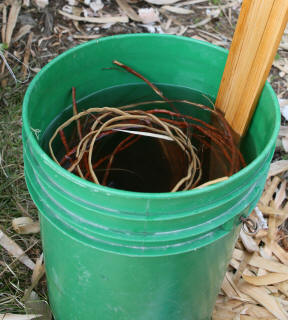 |
||
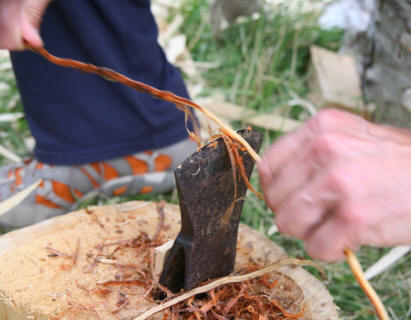 |
After being soaked, the bark is removed. The tool we used here was a double bladed axe head driven into a block of wood. | The roots are then split length-wise. This way, there is a flat side which lies flush with the surface that is being lashed or sewn. It also doubles the length of material. | 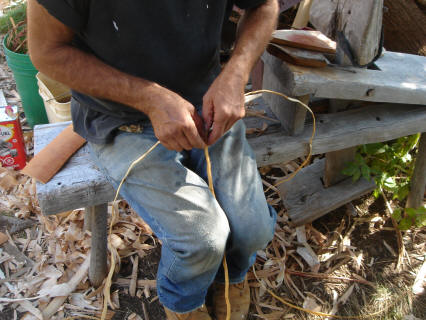 |
| << Previous | Bill Buxton Home | Canoe Home | Next >> |